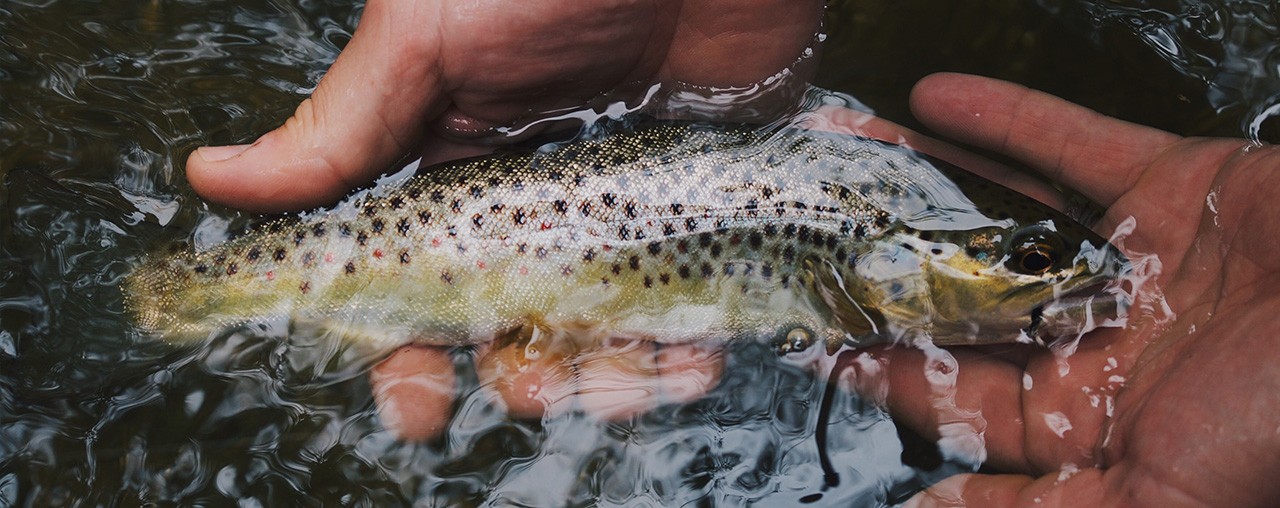Solution
Afarinesh Samaneh Mehr Engineering Co. (ASM), the Libelium official distributor in Iran, met the challenge to build the solution.
The values needed to control for the project are:
- water temperature
- dissolved oxygen
- pH
- ammonium and nitrate
LoRaWAN® is identified as the right technology as the solution is required to be wireless, easy to install, durable, long range, and have low power consumption.
Using Libelium Waspmote Plug & Sense – Smart Water sensors and the Waspmote Plug & Sens Ion Sensor probes running on solar panels for power, we have the complete self-sustaining sensor package to monitor all the water parameters required.

